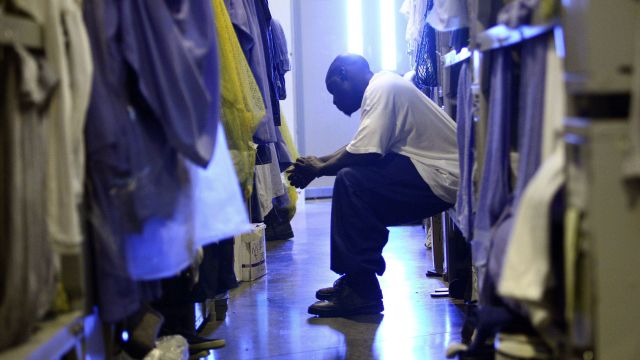Darwinian differences: How the theory of evolution viewed women as inferior

Charles Darwin exerted an enormous influence on attitudes towards women because his model of evolution provided an apparently rational justification of conventional Victorian beliefs. His basic model involves two stages, each repeated sporadically time after time. First an offspring happens to appear that is slightly different from its parents; next, that difference gives the offspring an advantage in the battle for survival in its immediate environment. Eventually, after repeated adaptations, a new species emerges that is better suited—more fit—for its surroundings. Maintaining that men and women had diverged during evolutionary processes taking place over millennia, Darwin drove a wedge between the two halves of the human race.
Darwin was by no means the first person to write about evolution; he was not even the first person to write about human evolution. His own grandfather Erasmus, who died before Charles was born, had published a long poem about the gradual development of living organisms from an initial ‘ens’ (living entity) up through insects, fish, mammals, and on up to human beings. Charles Darwin’s innovation was natural selection as an agent of evolution. Although his model is now celebrated as a major scientific breakthrough, it aroused great controversy and was never fully accepted in its original form. Arguments still raged in the early twentieth century, and it was not until the 1930s that several approaches were melded together into a package resembling modern Darwinism.
Darwin’s Victorian critics promptly pounced on several shortcomings. Most obviously, he had no way to prove that he was right. Despite piling up example after example in support of his ideas, Darwin could not explain why one generation should possess a new characteristic. What biological mechanism enabled two parents with identical flippers to produce a baby with flippers of a different style? He had plenty of circumstantial evidence, but no convincing explanation.He could not even point to an instance of evolution that was actually happening. Modern experimenters can simulate evolutionary pressures in a laboratory by breeding short-lived organisms such as beetles, but Darwin’s system rested on hypotheses. His book is peppered with rhetorical question such as ‘might it not be reasonable to suppose that . . . ?’ Very persuasive, but not the stuff of scientific proof.
Brooding for years over a theory he knew would be contentious, Darwin struggled to explain how some features might have conferred an advantage for survival. Human eyes, for example, were very problematic: how could such a complicated organ possibly have emerged in stages? Just thinking about it made him go cold all over, he told a friend. Even worse, the ‘sight of a feather in a peacock’s tail, whenever I gaze at it, makes me sick!’ How could it possibly be advantageous for a male bird to carry such a cumbersome tail? And why was the female so dowdy? To resolve this conundrum, he argued that the male’s ostentatious display would allow him to pick the strongest and most fertile hens, a reproductive advantage that would outweigh the physical hindrance.
In 1859, Charles Darwin self-protectively refrained from mentioning human beings in The%20Descent%20Of%20Man Conveniently, this scientific explanation supported domination not only over women at home, but also over the people of the British Empire. Although women everywhere were inferior, the problem was greater among the civilized races—so ran the argument—because divergence between the sexes had increased during evolution. Speaking in the House of Commons, an opponent of woman’s suffrage argued that An adult white woman differs far more from a white man than a negress or pigmy woman from her equivalent male. The education, the mental disposition of a white or Asiatic woman reeks of sex; her modesty, her decorum, is not to ignore sex but to refine and put a point to it; her costume is clamorous with the distinctive elements of her form.” target=”_blank”>The Descent of Man, with its significant subtitle Selection in Relation to Sex. Moving from peacocks to people, Darwin claimed that equality was scientifically impossible. In line with his own ingrained assumptions, the standard ones of Victorian England, Darwin maintained that female inferiority is an inescapable consequence of nature. Men are cleverer, ran his argument, because over the millennia, their brains have become honed by chasing animals and defending their families. ‘The chief distinction in the intellectual powers of the two sexes,’ he wrote, ‘is shown by man’s attaining to a higher eminence in whatever he takes up, than can woman—whether requiring deep thought, reason, or imagination, or merely the use of the senses or the hands.’ To attract a powerful man, he explained, women compete by dressing elaborately. His admirers backed him up. A fashionable woman,







